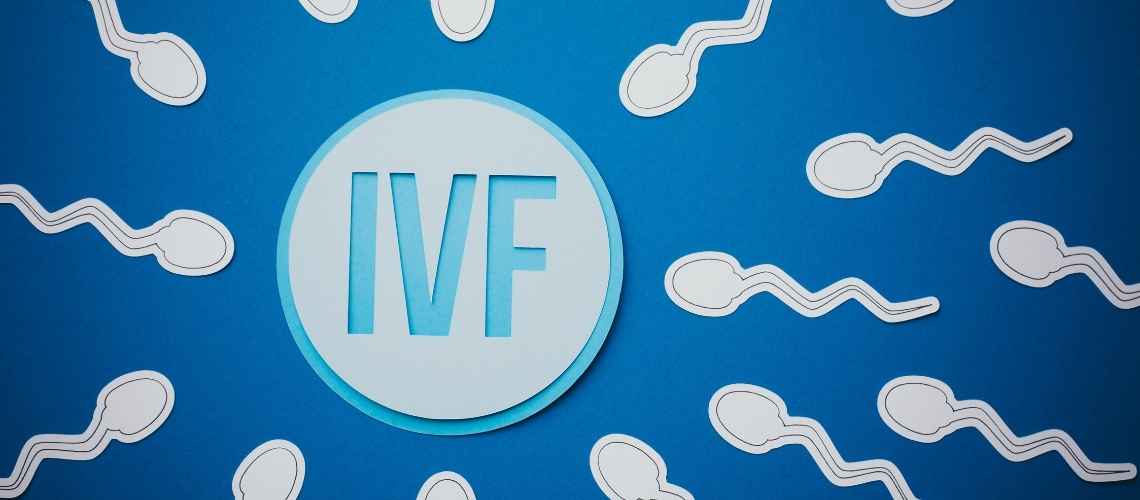During IVF, patients typically undergo 4–6 ultrasounds to monitor follicle growth and endometrial development. These scans are essential for determining the right timing of egg retrieval and ensuring treatment safety.
Transvaginal ultrasound is the standard method used throughout stimulation. It allows doctors to measure follicle size and count, which directly influence egg collection outcomes.
Ultrasounds also track endometrial thickness and quality. A receptive lining is crucial for implantation, making these assessments vital before embryo transfer.
The frequency of ultrasounds may vary depending on individual response. Women with high or low ovarian reserve may require more intensive monitoring for optimal results.
What is Baseline Ultrasound?
Before IVF treatment begins, a baseline ultrasound is conducted to assess the woman’s ovaries’ health and determine whether any mature eggs are being produced. This ultrasound is done during the woman’s monthly cycle.
The fertility specialist can identify issues such as ovarian cysts during the examination and may require additional treatment before beginning IVF treatment. If there are no issues found during the ultrasound, the IVF treatment can proceed as planned. (2)
What is ultrasound used for?
- Fertility Drug Monitoring
Fertility drug monitoring using ultrasound is an essential part of the initial stage of IVF treatment, which involves stimulating the ovaries to produce mature follicles using fertility medication, usually administered via injections.
To monitor the effectiveness of the medication, patients will undergo multiple ultrasounds during this stage of treatment, usually starting three days after the first injection and then scheduled every one to two days. These ultrasounds provide important information that helps the doctor decide whether to proceed to the next stage of treatment or adjust the medication plan.
- Egg Retrieval
After mature eggs are produced in the ovaries during the IVF treatment, medical professionals collect them for fertilization in the laboratory. To ensure that the eggs are not damaged during this process, extreme care and precision are necessary.
Therefore, doctors rely on ultrasound technology for guidance during the egg retrieval procedure. By using ultrasound as a visual guide, your doctor can collect the mature eggs with great care and accuracy, minimizing any potential harm to the eggs or surrounding tissues.
Embryo Transfer and Pregnancy
Ultrasound technology is utilized by fertility experts during the embryo transfer process to ensure the safe and accurate transfer of healthy embryos into the uterus. If a pregnancy occurs, additional ultrasounds will be used to track fetal growth.
Typically, the first ultrasound is scheduled at around six or seven weeks after embryo transfer, with follow-up ultrasounds at around week nine and week 12 of pregnancy. After the week 12 ultrasound, prenatal care will usually be transferred to the patient’s OB/GYN. (3)
According to fertility expert Raúl Olivares,
The frequency of ultrasound scans during IVF treatment depends on the protocol used. With a long protocol, scans may be required even before starting stimulation, while a traditional protocol with antagonists may only require a few scans; the first one between days 8-10 of the cycle and the second a couple of days later. If the ovaries don’t respond as expected, more scans may be necessary to ensure the right number and size of follicles are present for oocyte pick-up.This is not a problem and is done to reach the desired outcome.
When can I expect the first ultrasound after IVF?
After undergoing IVF, patients often wonder about the timing of the first ultrasound. This crucial scan serves as a significant milestone. Traditionally, it is scheduled approximately 6-7 weeks into pregnancy. This period equates to about 4-5 weeks following the embryo transfer. The importance of this timing cannot be overstressed.
Initially, the ultrasound aims to confirm the pregnancy. Moreover, it provides an opportunity to observe the embryo’s heartbeat. Specialists caution against arranging this ultrasound too prematurely.
The reason is straightforward: an early scan might not reveal a detectable heartbeat. Consequently, this could lead to undue stress for the patient.
Hence, medical advice leans towards patience. Waiting until the recommended time frame ensures more conclusive results. This approach minimizes the chance of unnecessary worry.
Ultimately, the first ultrasound post-IVF is a critical step. It confirms pregnancy and checks for the embryo’s vital signs. Adhering to the advised timing ensures the most accurate assessment. This careful planning contributes to a smoother, less stressful IVF journey.
Source:
Strickler, R. C., Christianson, C., Crane, J. P., Curato, A., Knight, A. B., & Yang, V. (1985). Ultrasound guidance for human embryo transfer. Fertility and sterility, 43(1), 54-61.








